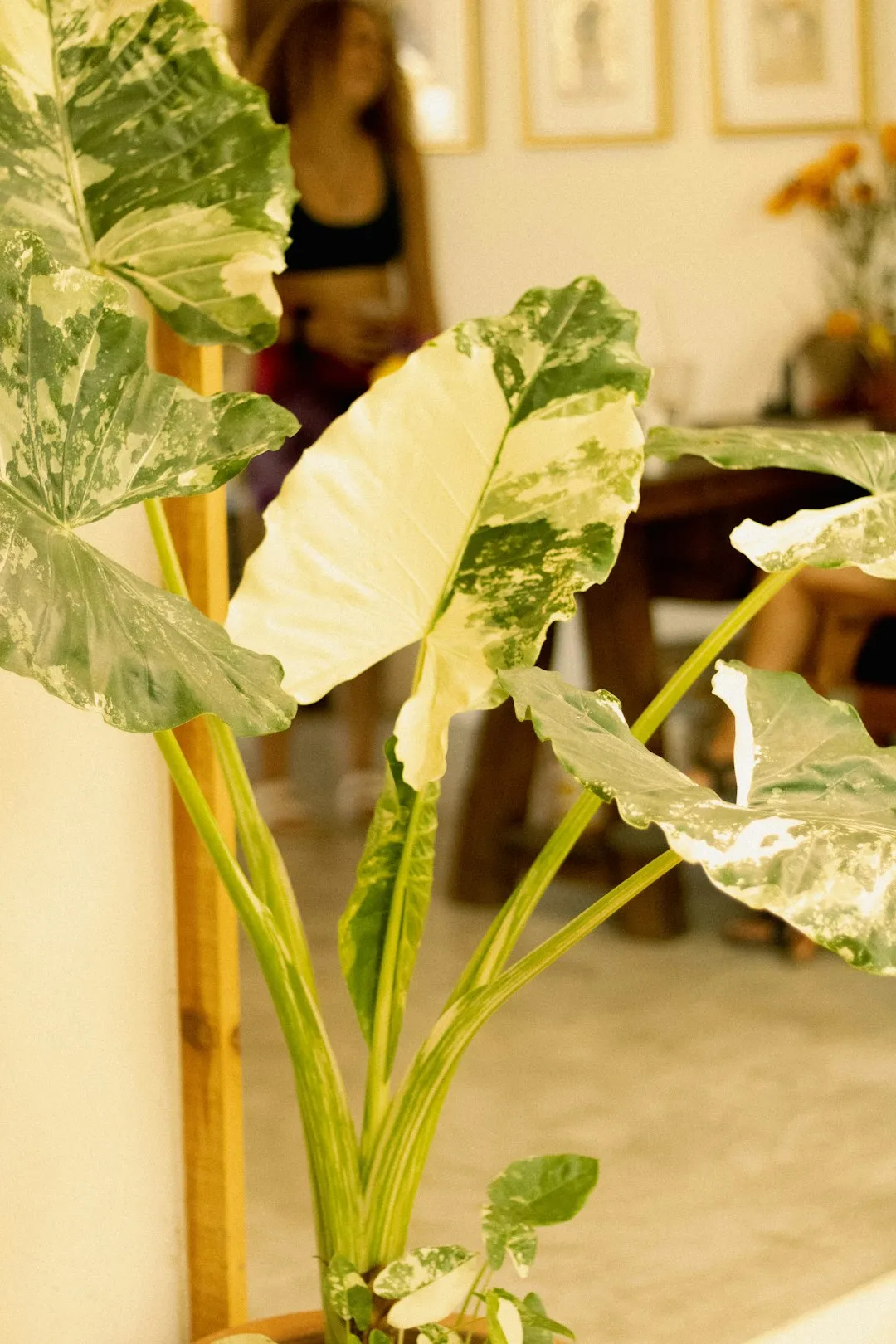Unveiling the Secrets of Thyme Harvesting

Edible gardening is a rewarding endeavor, and growing herbs like thyme can add a burst of flavor to your culinary creations. In this guide, we'll explore the ins and outs of harvesting thyme from your herb garden, ensuring you grow fresher, healthier plants.
Thyme is a versatile herb that can be used in a variety of dishes, from savory stews to fragrant teas. Knowing when and how to harvest thyme is crucial to getting the most out of your plants. Let's start by understanding the best time to harvest thyme.
When to Harvest Thyme
The ideal time to harvest thyme is in the morning, after the dew has dried but before the heat of the day sets in. This is when the essential oils in the thyme leaves are at their peak, giving the herb its characteristic flavor and aroma. You can start harvesting thyme once the plant has reached a height of about 6 inches. This usually occurs about 3 - 4 months after planting.
For the first year of growth, it's best to harvest sparingly, taking only a few sprigs at a time. This allows the plant to establish a strong root system and continue to grow. In subsequent years, you can be more generous with your harvests, but still avoid taking more than one - third of the plant at once. This ensures that the thyme plant remains healthy and continues to produce new growth.
How to Harvest Thyme
Harvesting thyme is a simple process. You'll need a pair of sharp, clean pruning shears or scissors. Begin by selecting the sprigs you want to harvest. Look for sprigs that are healthy, with vibrant green leaves. Cut the sprigs about 2 - 3 inches above the base of the plant. This encourages new growth from the cut area.
If you're harvesting a large amount of thyme, you can use your hands to gently pull the leaves off the stems. However, be careful not to damage the plant. Once you've harvested the thyme, you can use it fresh or dry it for later use.
Using Fresh Thyme
Fresh thyme adds a wonderful flavor to many dishes. You can use it in marinades for meats, in vegetable stir - fries, or in soups and sauces. Simply chop the thyme leaves finely and add them to your recipe. The leaves can also be used whole, especially in dishes where you want a more subtle flavor.
Drying Thyme
To dry thyme, tie the sprigs together with a piece of string and hang them upside down in a cool, dry, and well - ventilated area. Make sure the area is away from direct sunlight, as this can cause the thyme to lose its flavor. After about 1 - 2 weeks, the thyme leaves should be dry and brittle. You can then remove the leaves from the stems and store them in an airtight container.
Caring for Thyme Plants After Harvest
After harvesting thyme, it's important to care for the plants to ensure their continued health. Water the plants regularly, but be careful not to over - water, as thyme prefers well - drained soil. You can also fertilize the plants with a balanced, organic fertilizer once every few months to promote new growth.
By following these tips on when and how to harvest thyme, you can enjoy a bountiful supply of this delicious herb from your own herb garden. Whether you use it fresh or dried, thyme is sure to enhance the flavor of your favorite dishes and add a touch of freshness to your edible gardening experience.
So, get out to your herb garden, start harvesting thyme, and let the wonderful world of flavors unfold. Your taste buds and your garden will thank you!